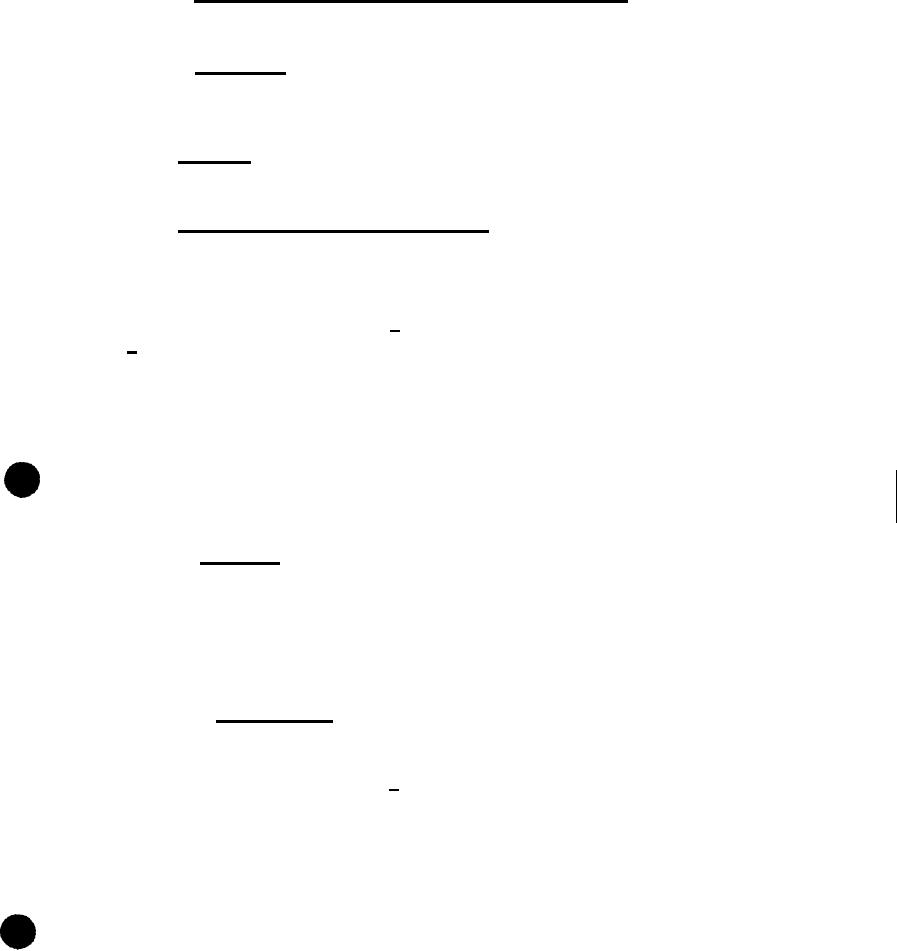 |
|||
|
Page Title:
Elevation mechanism and height adjustment control |
|
||
| ||||||||||
|
|  MIL-S-60828A(MU)
3.5.3
Elevation mechanism and height adjustment control.- The
q
elevation mechanism and height adjustment control shall be manually
operable throughout their respective excursions.
knob.- The torque required to rotate the range knob, out
3.5.4 Range
of each detent position, through the range specified in 3.7.11 (Table I),
shall not exceed the value exhibited when meeting 3.7.15 by more than 10
pound-inches.
3.6
Humidit y.- The sight shall not evidence damage after exposure to
a 97% relative humidity (RH) for 24 hours at +160F followed by four hours
at between +60 and +90F with condensation taking place on the sight.
3.7
Performance between +600F and +900F.- Except where otherwise
specified, the sight shall meet the requirements of 3.7.1 to 3.7.12
after orientations "a" to "e" inclusive have been
effected. (Reference
Figure 1 and Drawing F105473O4).
(a) The angular difference between line "x" and a perpendicular
to line "W" shall be 17 18 24" + 24" for 3.7.2 through 3.7.12 and
~
17 + 1 for 3.7.1.
(b) Line "w" shall be horizontal.
(c) Range Knob "250" on the white scale shall be in coincidence
with Housing 10547322 index.
(d) Arm 10547473 shall be secured in its operating position.
(e) Applied direct current (DC) shall be of an appropriate
value and polarity.
q
3.7.1 vibration.- Throughout the
entire vibration, the range knob
shall not move out of range detent. The sight shall evidence no damage
or electrical circuit malfunction during or after the vibration specified
herein, with Bell Crank 10547317 immobilized, electrical potential applied,
and Arm 10547473 in an operating and stowed position. The initial optical-
mechanical alignment demonstrated while meeting 3.7.2 shall not have
changed more than one mil subsequent to either vibration. There shall be
no flickering of the projected reticle image during vibration.
3.7.1.1 Vibration "A".- This vibration shall be for two hours, in
each plane of three mutually perpendicular planes, at the sinusoidal
frequencies and amplitudes depicted in Figure 2. During each first hour
period, the frequency shall be cycled logarithmically from 5 to 500 to
5 cps for four cycles each of 15 + 1 minute duration. A fifteen minute
dwell shall occur at each of the most significant resonant frequencies
(not exceeding 4) exhibited by the sight during the first hour of each two
hour vibration in each plane. Arm 10547473 shall be sequentially located
in a stowed and operating position. when meeting this requirement, and
Reticle Lamp 10547031 shall not be subjected to the vibration dwells `
specified herein.
3
|
|
Privacy Statement - Press Release - Copyright Information. - Contact Us |